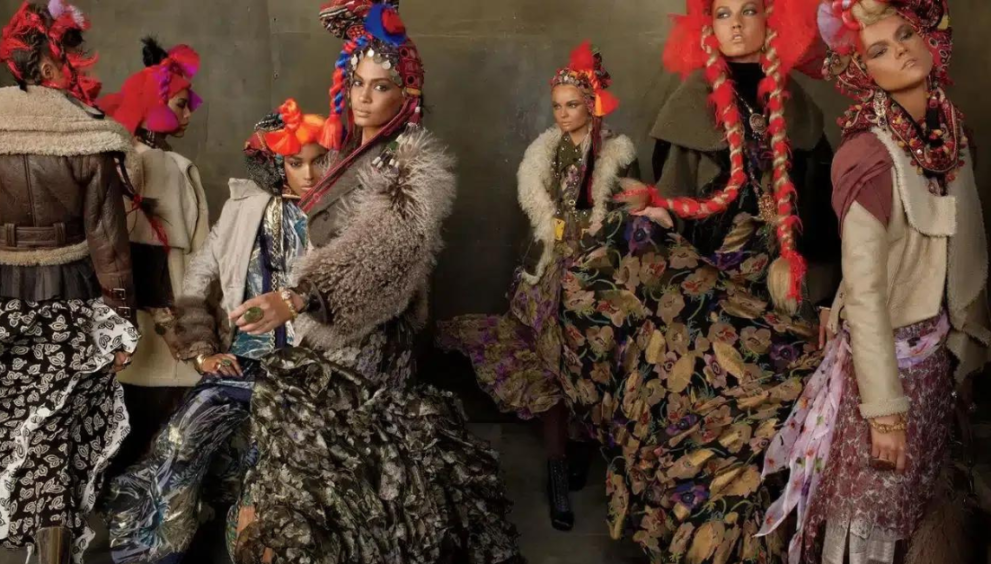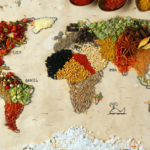From Folklore to Fashion: Cultural Influences on Global Style

In the kaleidoscope of style, cultural impacts function as the colorful palette that shapes trends and styles globally. From the colorful textiles of India to the minimalist beauty of Japan, every way of life contributes to the rich tapestry of world fashion. This interplay among tradition and innovation creates a dynamic panorama in which folklore seamlessly merges with current aesthetics. Let’s delve into the intricate web of Cultural Influences and their profound impact on the sector of style.
Unraveling the Threads of Tradition
Cultural background serves as the cornerstone of style evolution. Each civilization weaves its precise narrative into the cloth of favor, maintaining age-antique strategies and motifs. Whether it’s the complex embroidery of Mexican textiles or the intricate beadwork of African tribes, lifestyle infuses garments with a feel of history and identity. Through style, those cultural legacies transcend time, connecting generations and continents in a celebration of diversity.
The Power of Symbolism
Symbols embedded within cultural history bring profound meanings, reworking clothes into vessels of expression. From the auspicious motifs of Chinese silk to the geometric patterns of Native American apparel, each symbol tells a tale deeply rooted in lifestyle. These symbols now not only embellish apparel but also function as a language of identity, speaking heritage, and ideals to the arena.
Global Fusion: Where East Meets West
In the latest interconnected world, cultural impacts go beyond borders, giving upward thrust to a fusion of patterns. The vibrant colorings of Bollywood encourage Western designers, while Japanese minimalism unearths resonance in city streetwear. This cross-pollination of cultures creates an eclectic tapestry in which culture merges with contemporary aptitude, blurring the strains between East and West.

The Rise of Ethical Fashion
With multiplied awareness of cultural appropriation, the style enterprise is embracing moral practices that honor various traditions. Collaborations with indigenous artisans empower communities and promote sustainable craftsmanship. By respecting cultural history and assisting honest exchange, the style will become a catalyst for nice social alternatives.
Fashion as a Cultural Canvas
Fashion serves as a canvas for cultural expression, permitting individuals to have a good time with their heritage in a modern-day context. From traditional attire reimagined on the runway to road style influenced by the aid of international cultures, fashion will become a form of cultural diplomacy, bridging divides and fostering understanding. Through apparel, humans assert their identities and reclaim narratives that have long been marginalized.
Embracing Diversity at the Runway
The push for inclusivity in the fashion industry has led to greater illustration of numerous cultures on the runway. Designers from around the arena showcase their heritage via garb, difficult Eurocentric beauty standards, and selling a greater inclusive definition of style. As the enterprise keeps evolving, range turns into now not only a trend but an essential fee using fashion ahead.
Conclusion
From folklore to style, cultural effects shape the very foundation of worldwide fashion, shaping tendencies and narratives that transcend borders. As the fashion enterprise evolves, it ought to preserve to embrace diversity, foster inclusivity, and honor the rich tapestry of traditions that encourage creativity. By weaving collectively the threads of history and innovation, fashion turns into not only a mirrored image of the way of life but a celebration of humanity’s collective identity.
In an international in which boundaries blur and cultures intersect, fashion serves as a time-honored language, uniting humans in a shared appreciation for beauty and variety. As we navigate the ever-changing panorama of fashion, let us recall the power of cultural influences to inspire, unite, and transform the world one garment at a time.
Frequently Asked Questions (FAQs)
Ans. Cultural appropriation refers back to the adoption of elements from one subculture with the aid of participants of some other culture without proper acknowledgment or respect.
Ans. Fashion can sell cultural information by using showcasing various traditions, fostering speech, and selling moral collaborations with artisans from exceptional cultures.
Ans. Embracing variety in style promotes inclusivity, challenges stereotypes, and celebrates the richness of global cultures, growing an extra vibrant and consultant industry.
Ans. Consumers can help cultural impacts in style by shopping for ethically-made clothes, instructing themselves approximately the cultural importance of different patterns, and advocating for fair illustration within the industry.
Ans. Designers can navigate cultural influences respectfully by carrying out significant collaborations with artisans, carrying out thorough studies, and acknowledging the origins of their ideas transparently.













